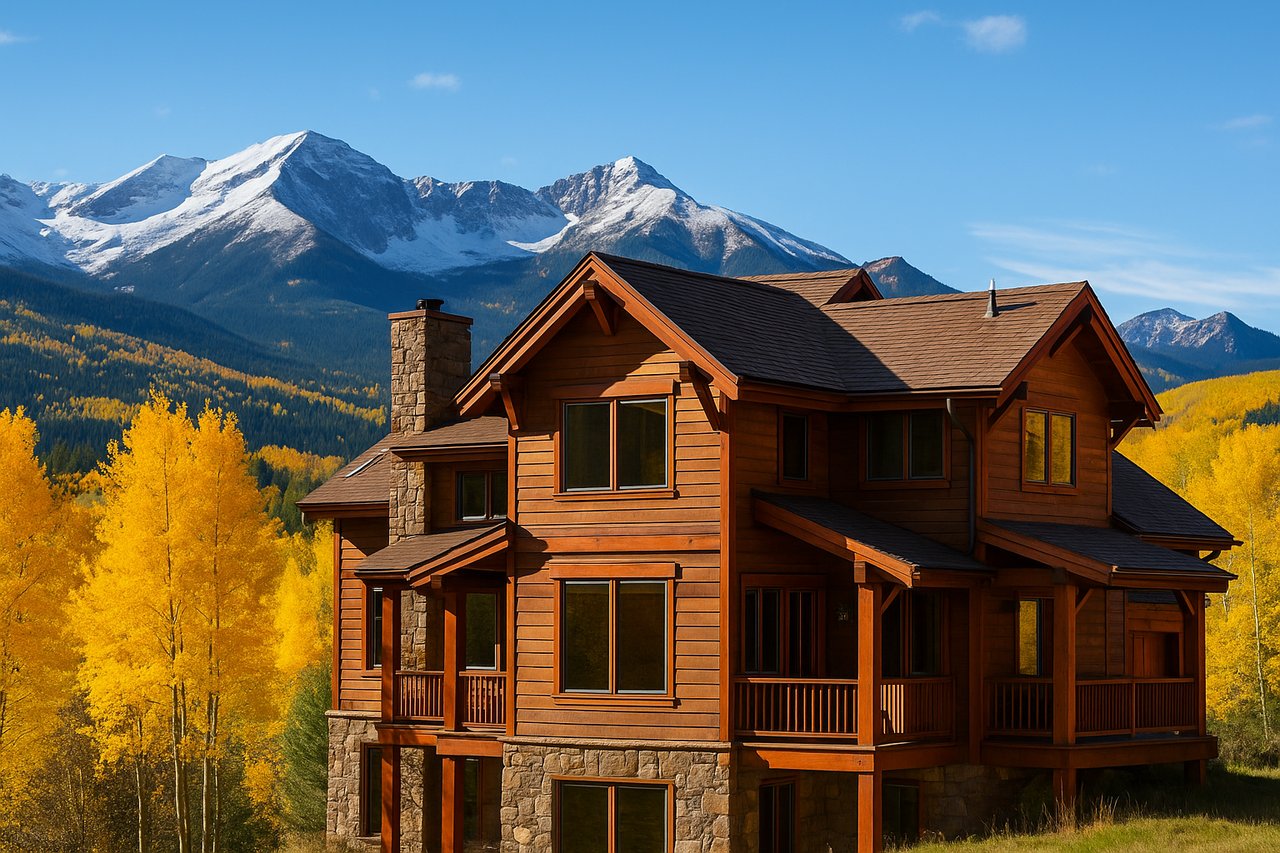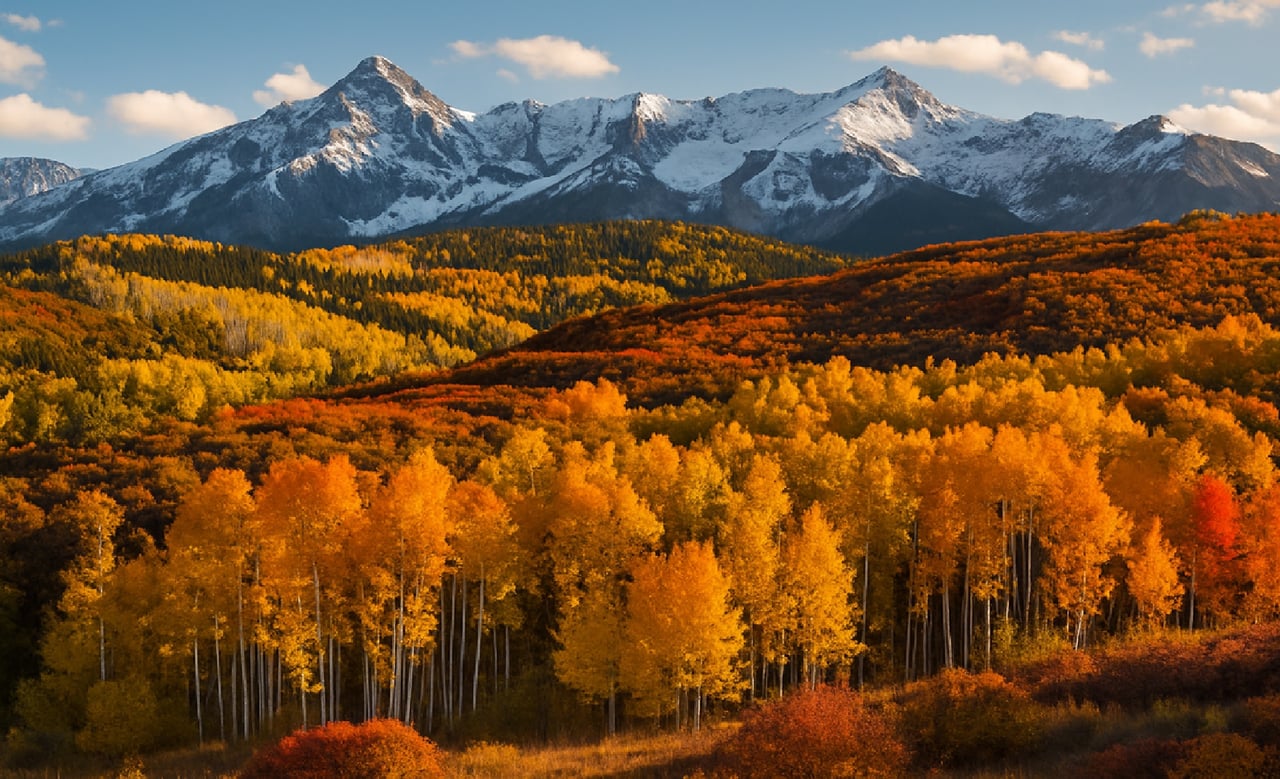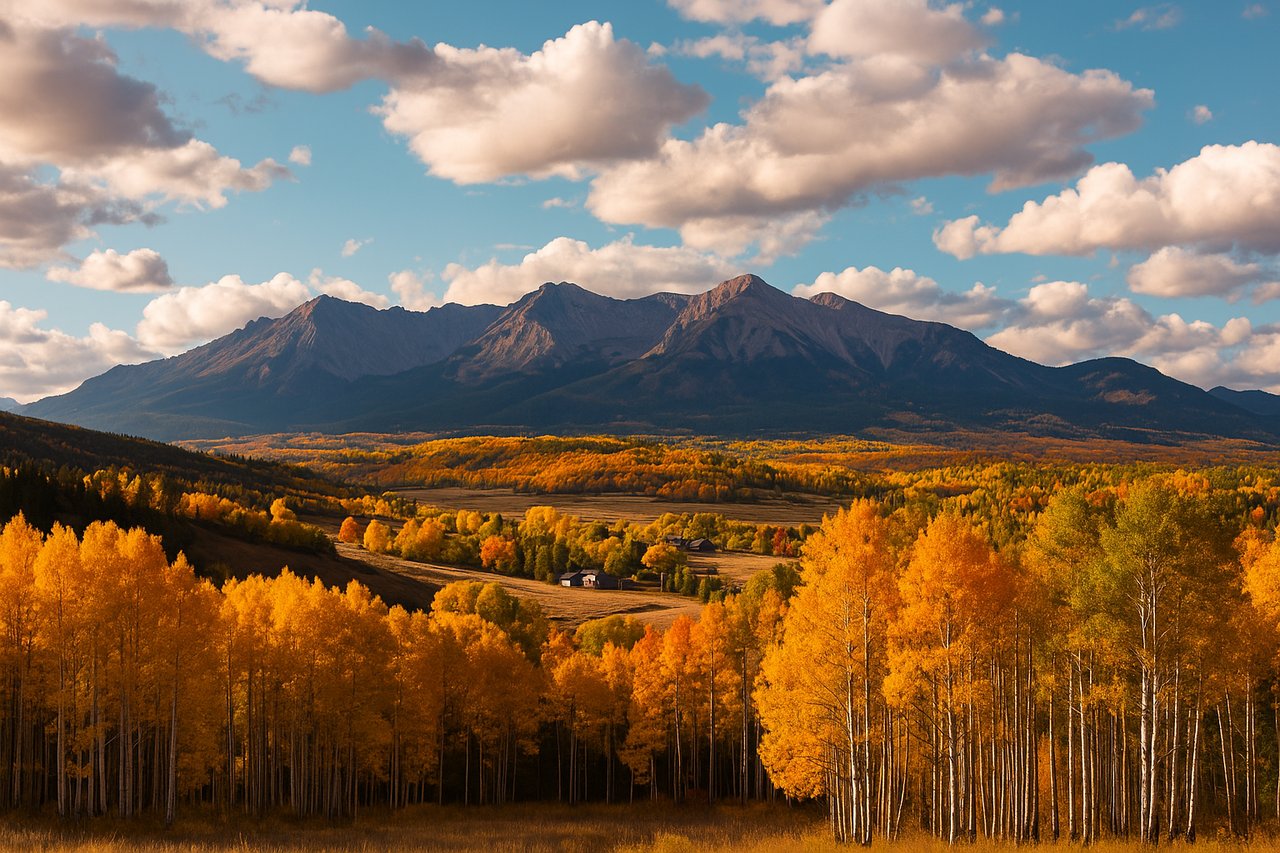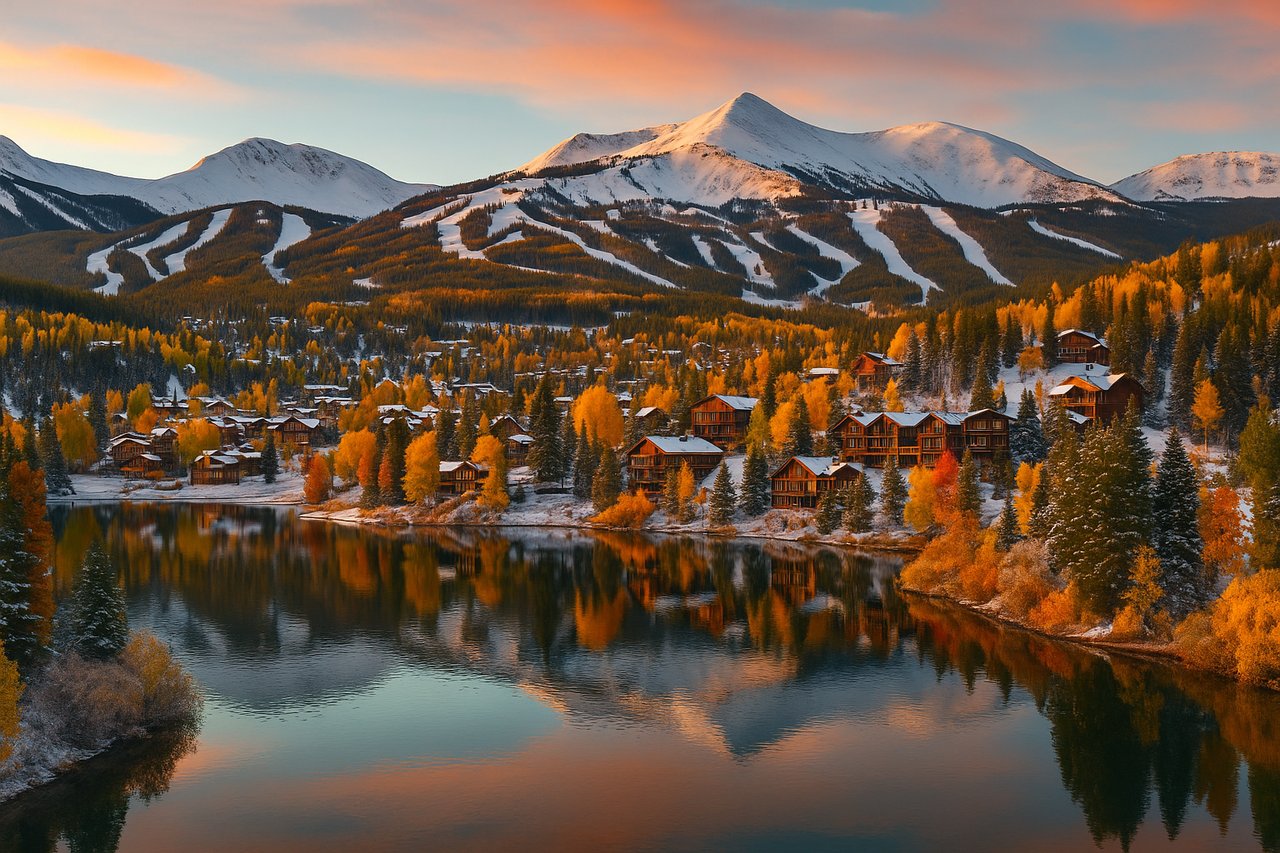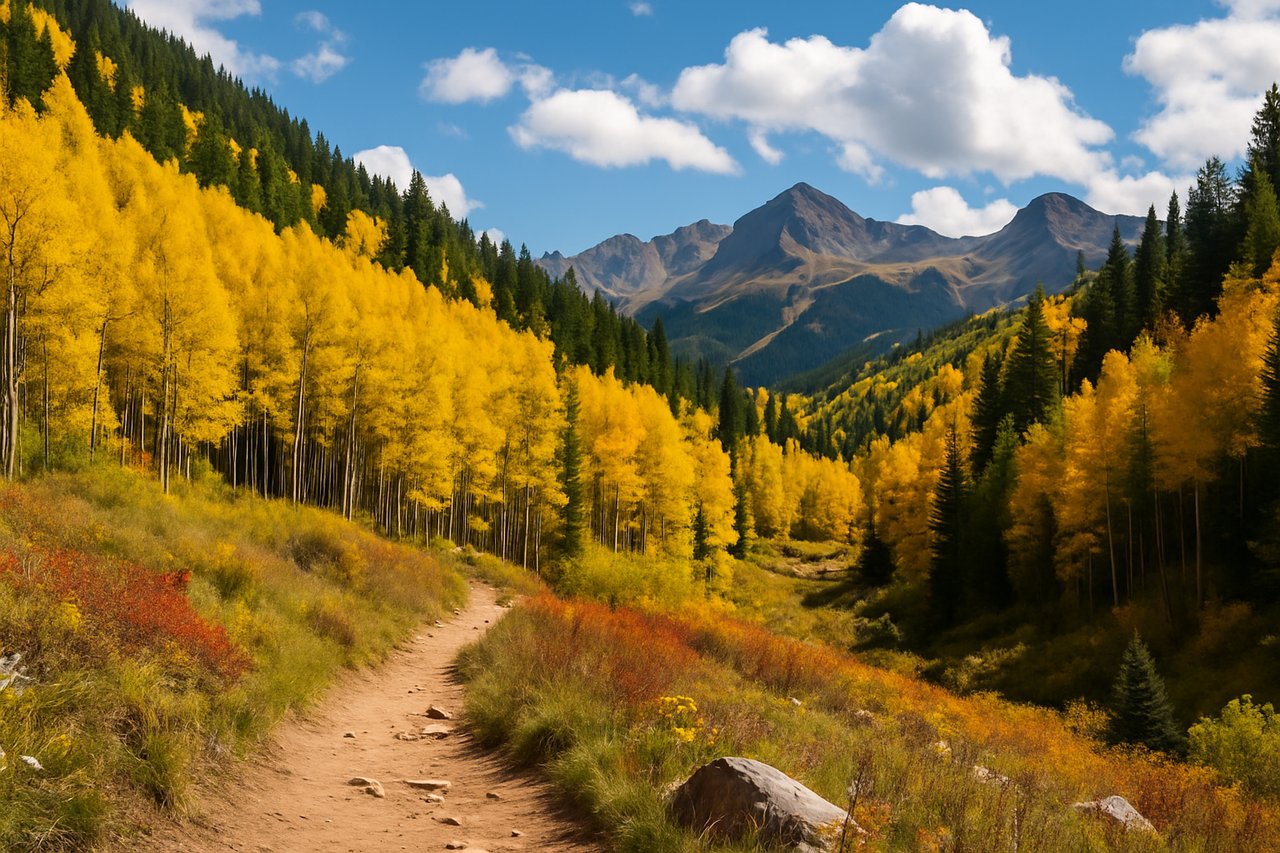Colorado has a way of turning visitors into dreamers and dreamers into homeowners. Maybe it’s the endless blue skies, the thrill of skiing down fresh powder, the crisp mountain air on a summer hike, or the charm of downtown streets lined with local cafés and art galleries. For many, a vacation here plants a seed: What if I didn’t have to leave? If you’re visiting late in the summer, you might be seriously thinking about transitioning from vacationer to investor by purchasing a second home.
But buying a second property—especially in a state as unique as Colorado—is more than just falling in love with a view. It’s a long-term decision that can impact your lifestyle, finances, and even your family’s future traditions. Here’s a closer look at what you should consider before you sign on the dotted line.
1. Timing Matters More Than You Think
Late summer is a fascinating time in Colorado real estate. The hiking trails are still buzzing, patios are full, and mountain lakes glisten in the afternoon sun—but the peak tourist energy is starting to fade. For buyers, that can mean opportunity.
In ski resort towns like Breckenridge, Steamboat Springs, and Winter Park, inventory often shifts between summer and winter seasons. Sellers who didn’t secure a buyer in the height of summer might now be more open to negotiations. On the flip side, competition for properties in year-round destinations like Evergreen, Golden, or Colorado Springs can stay steady. If you’re coming in from out of state, you’ll want to talk with a local expert who knows when a “seasonal slowdown” is truly an opening and when it’s just a shift in buyer behavior.
2. Choosing the Right Location for Your Lifestyle
One of the biggest decisions when buying a second home is whether it’s for you or for you and renters. The answer shapes where you should buy.
-
For Pure Personal Use: You can focus solely on the places that make your heart skip a beat. Maybe that’s Telluride for its arts festivals and stunning mountain backdrop, or Estes Park for quick access to Rocky Mountain National Park.
-
For Investment Potential: Consider towns with consistent rental demand in both winter and summer. Breckenridge, Vail, and Pagosa Springs are examples where tourism doesn’t stop when the snow melts.
Also, think about your accessibility needs. A cabin three hours from the airport might sound romantic until you realize you’re only using it twice a year. If you want frequent getaways, staying within 60–90 minutes of Denver International Airport or Colorado Springs Airport could be key.
3. Budgeting Beyond the Price Tag
The asking price is just the starting point. Owning a second home in Colorado comes with unique costs that can surprise even experienced buyers.
-
Insurance: Mountain properties may require specialized coverage for wildfire or snow damage.
-
HOA Fees: These can be high in resort communities, especially if amenities like pools, fitness centers, and shuttle services are included.
-
Utilities & Maintenance: If your home sits empty for long stretches, you’ll still need to budget for heating in winter (to avoid frozen pipes) and regular upkeep to keep everything in working order.
-
Travel Costs: Factor in gas, flights, and time away from your primary residence.
Understanding these costs upfront helps ensure your dream retreat doesn’t become a financial strain.
4. Making the Most of Your Investment
Many second-home owners choose to offset expenses by renting the property when they’re not using it. This can work beautifully in Colorado—but only if you plan for it.
-
Know Local Rules: Some towns, like Aspen and Vail, have strict short-term rental limits. Others require permits and charge occupancy taxes.
-
Highlight Amenities: Renters pay more for ski-in/ski-out access, hot tubs, scenic decks, or easy trail access.
-
Consider Property Management: If you live out of state, having someone local to manage bookings, turnovers, and maintenance is worth every penny.
Done right, rental income can cover much (or even all) of your carrying costs while also building equity over time.
5. The Value of a Local Expert
The Colorado real estate market has its own quirks—from how mountain roads are plowed in winter to how well a home’s roof holds up to heavy snow. A seasoned local agent won’t just help you find the right property; they’ll guide you through HOA documents, utility setups, and even the best strategies for maximizing off-season enjoyment.
The Bottom Line
A second home in Colorado isn’t just a purchase—it’s an investment in a lifestyle. For some, it’s a cozy ski cabin that becomes the backdrop for family traditions. For others, it’s a lakeside retreat that also doubles as a profitable rental. Whatever your vision, making the right choices now ensures your second home becomes a source of joy and not a source of stress.
If you’re ready to take that step, the Moxie Property Group can help you navigate every stage of the process—so you can go from daydreaming on vacation to unlocking the door to your very own Colorado getaway.
CONTACT US:
🏡 Moxie Property Group
📞 (303) 578-1220
💻 [email protected]
📺 YouTube Video
